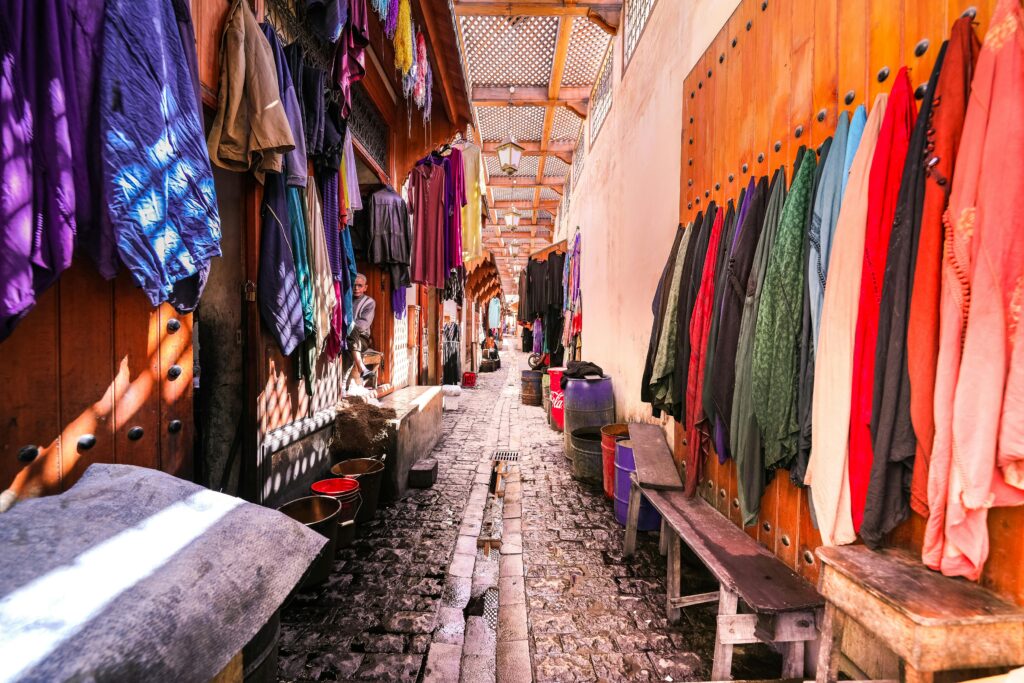In a world of mass production, there’s a quiet revolution happening—one that celebrates the hands, hearts, and heritage behind every handmade piece. Local artisans and their crafts are the soul of a destination, offering travelers not just souvenirs, but stories, connections, and a living link to culture. This guide explores the world of artisanship, the significance of authentic souvenirs, and how these treasures preserve traditions, empower communities, and enrich your travels.
Why Artisans and Crafts Matter
Handmade crafts are far more than decorative objects. They are vessels of cultural memory, skill, and identity. Every woven basket, carved statue, or hand-dyed textile tells a story—of a family, a village, a people, and their way of life. Supporting artisans means:
- Preserving cultural heritage in the face of globalization and mass production
- Empowering local economies and providing livelihoods
- Sustaining traditional skills for future generations
- Bringing home souvenirs with meaning, not just merchandise
The Power of Place-Based Souvenirs
A true souvenir is more than a memento; it’s a tangible connection to a place and its people. Place-based craft souvenirs embody the aesthetics, traditions, and stories of their origin. They are crafted with local materials, shaped by generations of knowledge, and often carry symbolic meanings unique to their culture.
When you purchase a handcrafted item directly from an artisan, you’re not just buying an object—you’re taking home a piece of the place and supporting the continuation of its traditions.
The Stories Behind the Crafts
1. Nepal: Bronze Casting and Woodwork
Nepalese artisans are renowned for their mastery of lost-wax bronze casting, wood carving, and intricate metalwork. The process of lost-wax casting—used for centuries—creates stunning Buddha statues and ritual objects, each with unique details and spiritual symbolism. Wood carvers in Nepal craft temple facades and windows, depicting mythological scenes and deities, keeping alive both artistry and heritage.
2. India: Embroidery, Pottery, and Blue Pottery
India’s crafts are as diverse as its cultures. In Rajasthan, artisans create blue pottery with vibrant glazes and intricate designs, while the town of Molela is famous for terracotta plaques depicting village life and tribal myths. Across India, embroidery, weaving, and hand-block printing are passed down through generations, each region boasting its own motifs and techniques.
3. Japan: Hakone Woodcraft and Ceramics
Japanese artisans in Hakone practice yosegi zaiku, a form of marquetry that joins natural-colored woods into intricate geometric patterns. In Bat Trang, Vietnam, families have produced distinctive ceramics for centuries, using local clay and traditional kilns to create both functional and decorative pieces.
4. Africa: Maasai Beadwork and Kenyan Carvings
In Kenya and Tanzania, Maasai women create vibrant beadwork that tells stories of status, community, and celebration. Kenyan woodcarvers transform local hardwoods into animal sculptures, masks, and utensils, each piece reflecting the wildlife and folklore of the region.
5. South America: Andean Weaving and Pottery
In Peru’s Sacred Valley, women’s weaving cooperatives use ancient techniques and natural dyes to create textiles that narrate Inca history and village life. Pottery from the Andes often features symbolic designs and is used in rituals as well as daily life.
How Crafts Sustain Culture and Community
1. Economic Empowerment
For many artisans, crafts are a vital source of income. Tourism and fair-trade markets allow them to reach wider audiences, providing financial stability and supporting entire communities.
2. Preserving Heritage
Traditional crafts are often at risk of fading away as younger generations pursue other livelihoods. By valuing and purchasing handmade items, travelers help ensure these skills are passed on and remain relevant.
3. Fostering Identity
Handicrafts are a source of pride and identity. They embody the beliefs, history, and creativity of a culture. When you display a handmade item in your home, you celebrate and honor the community that created it.
Choosing Meaningful Souvenirs
When selecting a souvenir, look for items that are:
- Handmade with local materials
- Reflective of the region’s culture or traditions
- Accompanied by a story or explanation from the maker
- Produced ethically, supporting fair wages and sustainable practices
Ask artisans about their process, the meaning behind designs, or the history of their craft. These conversations enrich your understanding and make your souvenir truly special.
The Artisan Experience: Beyond Shopping
Participate in Workshops
Many destinations offer hands-on workshops where you can learn a craft directly from artisans—be it pottery, weaving, painting, or jewelry making. These experiences deepen your appreciation for the skill involved and allow you to create your own keepsake.
Visit Artisan Villages and Markets
Seek out local markets, craft villages, and cooperatives. Here, you can watch artisans at work, learn about their techniques, and see the diversity of regional crafts.
Share Their Stories
Use social media, blogs, or word of mouth to share the stories of the artisans you meet. This helps raise their profile and connects them with a wider audience, supporting their livelihoods.
The Impact of Tourism on Crafts
Tourism can be a double-edged sword for artisans. On one hand, it opens new markets and encourages the preservation of traditional skills. On the other, the demand for cheap souvenirs can lead to mass production, loss of authenticity, and exploitation.
As a traveler, you can make a positive impact by:
- Choosing quality over quantity
- Paying fair prices
- Supporting cooperatives or certified fair-trade initiatives
- Encouraging artisans to share their stories and maintain traditional methods
Iconic Crafts and Their Stories
Handwoven Textiles
From Peruvian alpaca scarves to Indian block-printed shawls, textiles tell stories of climate, history, and community. Each pattern and color choice can carry symbolic meaning, from fertility to protection.
Pottery and Ceramics
Pottery is one of humanity’s oldest crafts, with each region developing its own shapes, glazes, and uses. Japanese raku, Moroccan tagines, and Mexican Talavera tiles all reflect local resources and culinary traditions.
Wood Carving and Sculpture
Woodcarvers in Bali, Nepal, and Africa create masks, statues, and everyday objects, often used in rituals or as symbols of spirituality and ancestry.
Jewelry and Beadwork
Beaded necklaces, silver bangles, and gemstone rings often serve as markers of status, celebration, or protection. Maasai beadwork, Indian silver jewelry, and Native American turquoise pieces are all deeply rooted in cultural meaning.
Embroidery and Needlework
Intricate embroidery is found worldwide, from Hungarian tablecloths to Palestinian tatreez and Chinese silk robes. Each stitch is a testament to patience, skill, and tradition.
Real-Life Stories: The Souvenir With a Soul
Travelers often recall the story behind a souvenir long after the trip ends. Whether it’s a cushion cover gifted by a Turkish grandmother, a wooden toy from a fifth-generation Indian craftsman, or a ceramic bowl shaped with your own hands in a village workshop, these items become cherished reminders of connection and discovery.
How to Support Local Artisans
- Buy directly from artisans at markets or workshops
- Participate in craft tours or classes
- Share artisan stories on social media
- Choose fair-trade or certified products
- Encourage friends and family to value handmade over mass-produced
Every purchase is a vote for cultural preservation and community empowerment.
The Future of Traditional Crafts
As the world changes, so do crafts. Many artisans blend old techniques with new designs, creating contemporary pieces that appeal to modern tastes while honoring tradition. Others use sustainable materials and eco-friendly methods, ensuring their work benefits both people and planet.
By supporting artisans and sharing their stories, travelers play a vital role in keeping these traditions alive for generations to come.
Final Thoughts: Bring Home More Than a Souvenir
Meeting the makers and learning the stories behind local crafts transforms travel into a journey of connection, understanding, and respect. Every handmade item you bring home is more than a decoration—it’s a piece of living culture, a memory, and a bridge between worlds.
What’s the most meaningful handmade souvenir you’ve brought home? Share your story in the comments and inspire others to meet the makers on their travels!


